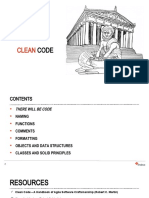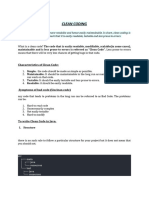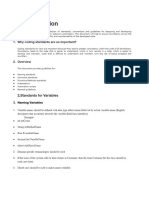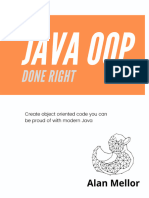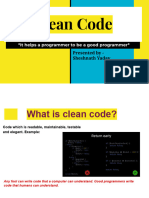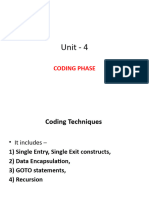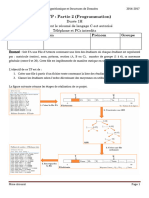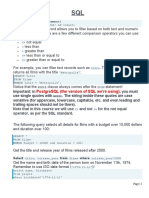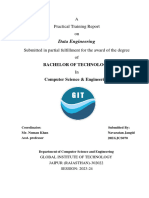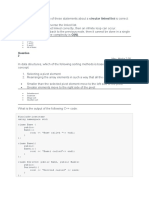0% found this document useful (0 votes)
40 views24 pagesClean Code Principles Guide
The document discusses principles of clean code, including that it should be elegant, simple, readable and work as expected. Clean code has meaningful names, avoids encodings and side effects, separates commands from queries, uses exceptions over error codes, and minimizes the need for comments through good structure and naming.
Uploaded by
calabi mozartCopyright
© © All Rights Reserved
We take content rights seriously. If you suspect this is your content, claim it here.
Available Formats
Download as PDF, TXT or read online on Scribd
0% found this document useful (0 votes)
40 views24 pagesClean Code Principles Guide
The document discusses principles of clean code, including that it should be elegant, simple, readable and work as expected. Clean code has meaningful names, avoids encodings and side effects, separates commands from queries, uses exceptions over error codes, and minimizes the need for comments through good structure and naming.
Uploaded by
calabi mozartCopyright
© © All Rights Reserved
We take content rights seriously. If you suspect this is your content, claim it here.
Available Formats
Download as PDF, TXT or read online on Scribd
/ 24













